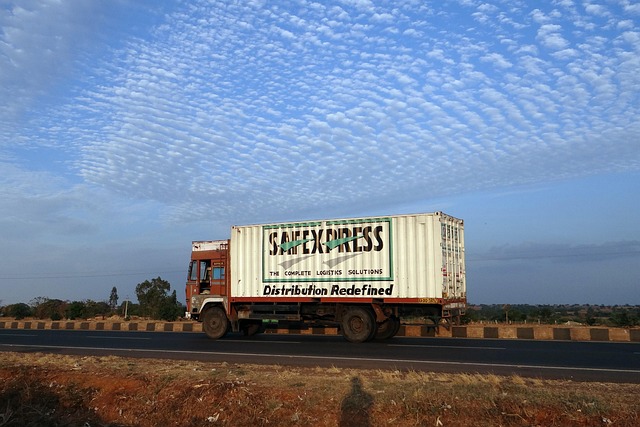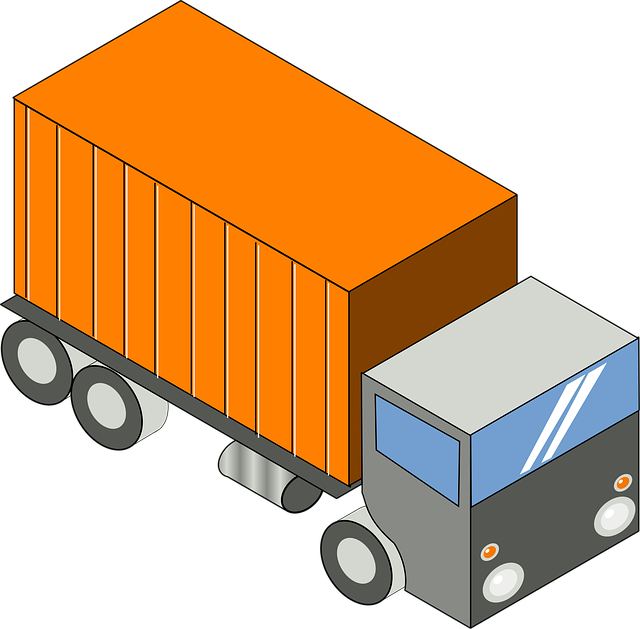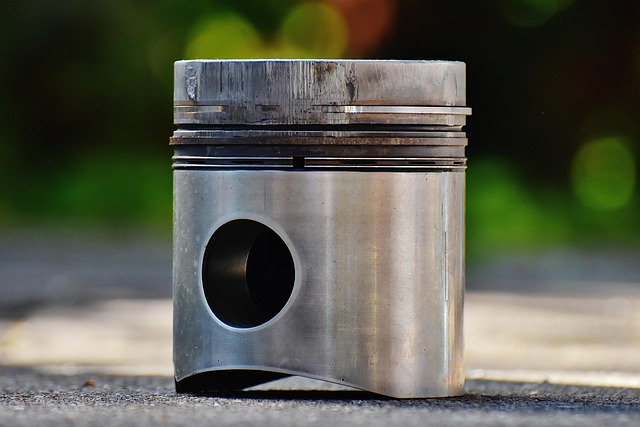Looking to register your car in California? This comprehensive guide walks you through every step, from understanding essential requirements to completing the DMV vin verification process. Gather necessary documents, perform a VIN (Vehicle Identification Number) check, and master the registration and title transfer process with ease. We’ll also break down paying registration fees and securing your license plate. Simplify car registration in California today!
- Understand Requirements for Car Registration in California
- Gather Necessary Documents for DMV Visit
- Perform VIN Verification at the DMV
- Complete Registration and Title Transfer Process
- Pay Registration Fees and Receive Your License Plate
Understand Requirements for Car Registration in California

Before registering your car in California, it’s crucial to understand the specific requirements set by the Department of Motor Vehicles (DMV). One key step is the DMV VIN verification process, which ensures that your vehicle’s unique Vehicle Identification Number (VIN) matches the details on record. This involves providing proof of ownership and completing necessary documentation.
Additionally, you’ll need to ensure that your car meets safety and emissions standards. For older models or out-of-state vehicles, a comprehensive vin inspection by a certified professional might be required. A mobile vin inspection service can offer convenience by coming to your location for this critical step, ensuring a smoother registration process.
Gather Necessary Documents for DMV Visit

Before heading to the DMV, make sure you have all the essential documents for a smooth registration process. One crucial piece is the Vehicle Identification Number (VIN) verification. This can be done with a mobile vin verifier or through a simple inspection of your vehicle’s VIN plate. Ensure you have this information readily available as it plays a vital role in the registration process.
Additionally, gather other necessary documents such as proof of ownership, insurance details, and any relevant records related to previous registrations or inspections. Having these prepared will help navigate the DMV process efficiently, allowing you to quickly complete your car registration requirements.
Perform VIN Verification at the DMV

Before proceeding with registration, it’s crucial to undergo a DMV VIN verification process. This step ensures that your vehicle’s unique Vehicle Identification Number (VIN) is legitimate and matches the details on record. At the DMV, you can request this verification, which involves cross-referencing the VIN with national databases to confirm its authenticity.
A dmv vin verification typically includes a physical inspection of your car’s VIN plate, located usually on the driver’s side door jamb or engine bay. Alternatively, consider using a mobile vin verifier for a more convenient option. This technology allows you to complete the vin inspection remotely, providing instant results and peace of mind that your vehicle is genuine and ready for registration.
Complete Registration and Title Transfer Process

To complete the registration and title transfer process in California, you’ll need to follow a series of steps that ensure your vehicle’s history is accurately represented. Start by obtaining all necessary documents, including the title from the previous owner, a valid registration, and proof of insurance. The next crucial step involves the DMV VIN verification process, where you’ll need to provide the Vehicle Identification Number (VIN) to cross-reference with state records. This can often be done online or through a mobile vin verifier app for added convenience.
Once your VIN inspection is complete and passed, proceed with filling out the California registration application. Make sure all information is accurate and up-to-date, as any discrepancies may cause delays. During this process, you’ll also pay the requisite fees, which cover registration costs and emissions testing, among other things. Remember, a smooth transition requires thorough preparation, so ensure every document is in order before submitting your application.
Pay Registration Fees and Receive Your License Plate

After completing the registration process at the California DMV, it’s time to pay the required registration fees. These fees vary depending on your vehicle’s type and weight, so be sure to check the official DMV website or consult with a representative for accurate pricing information. Once the fees are paid, you’ll receive your license plate. This crucial step involves attaching the plates to your vehicle, ensuring they’re securely fastened and legible.
Remember that proper VIN (Vehicle Identification Number) verification is essential before completing any registration. You can opt for a convenient mobile vin inspection or verification service to streamline this process, saving you time and potential headaches. A valid and accurate VIN ensures your car’s history is accurately represented, safeguarding against future issues and ensuring compliance with California’s regulations.
Registering a car in California involves several steps, from understanding the requirements to completing the necessary paperwork. By gathering all the required documents, undergoing DMV VIN verification, and successfully finishing the registration process, you’ll be on your way to legal and safe driving. Remember to keep your vehicle’s registration up-to-date to avoid penalties and ensure a smooth driving experience in The Golden State.
